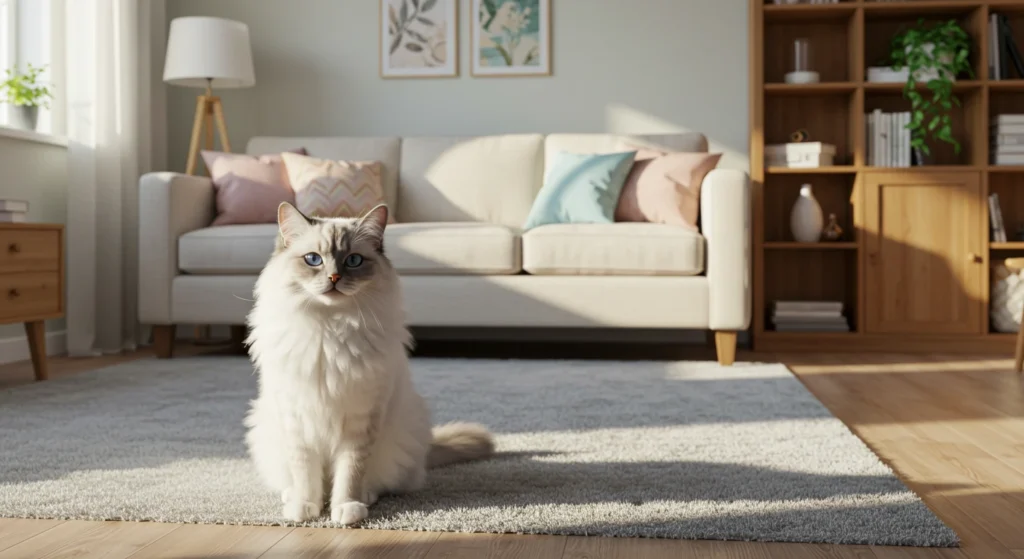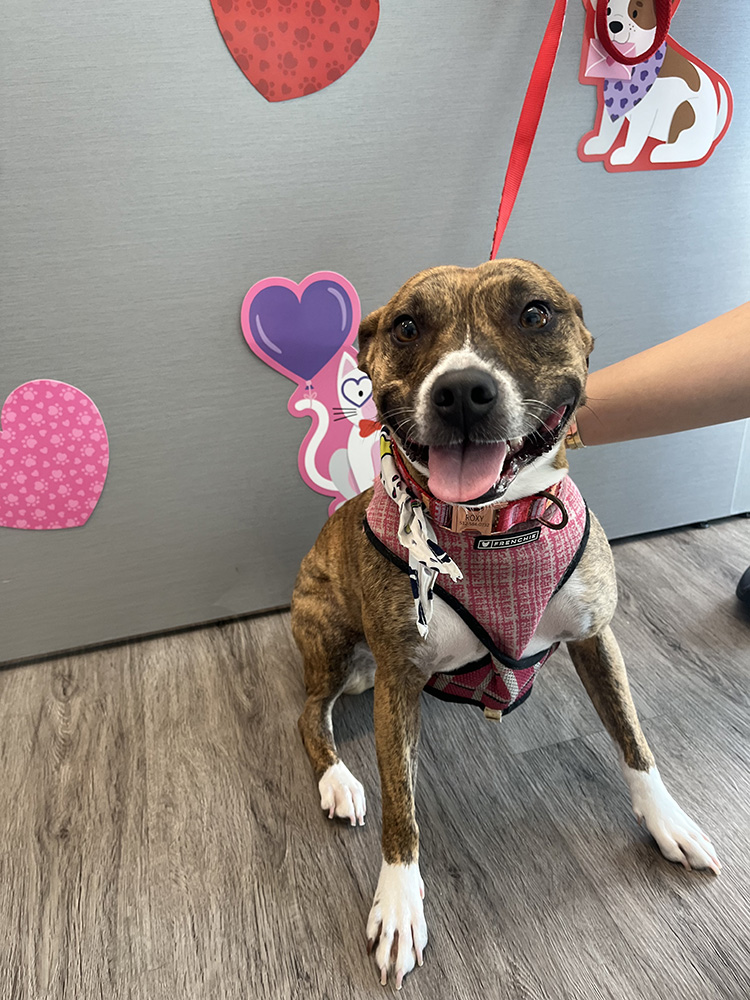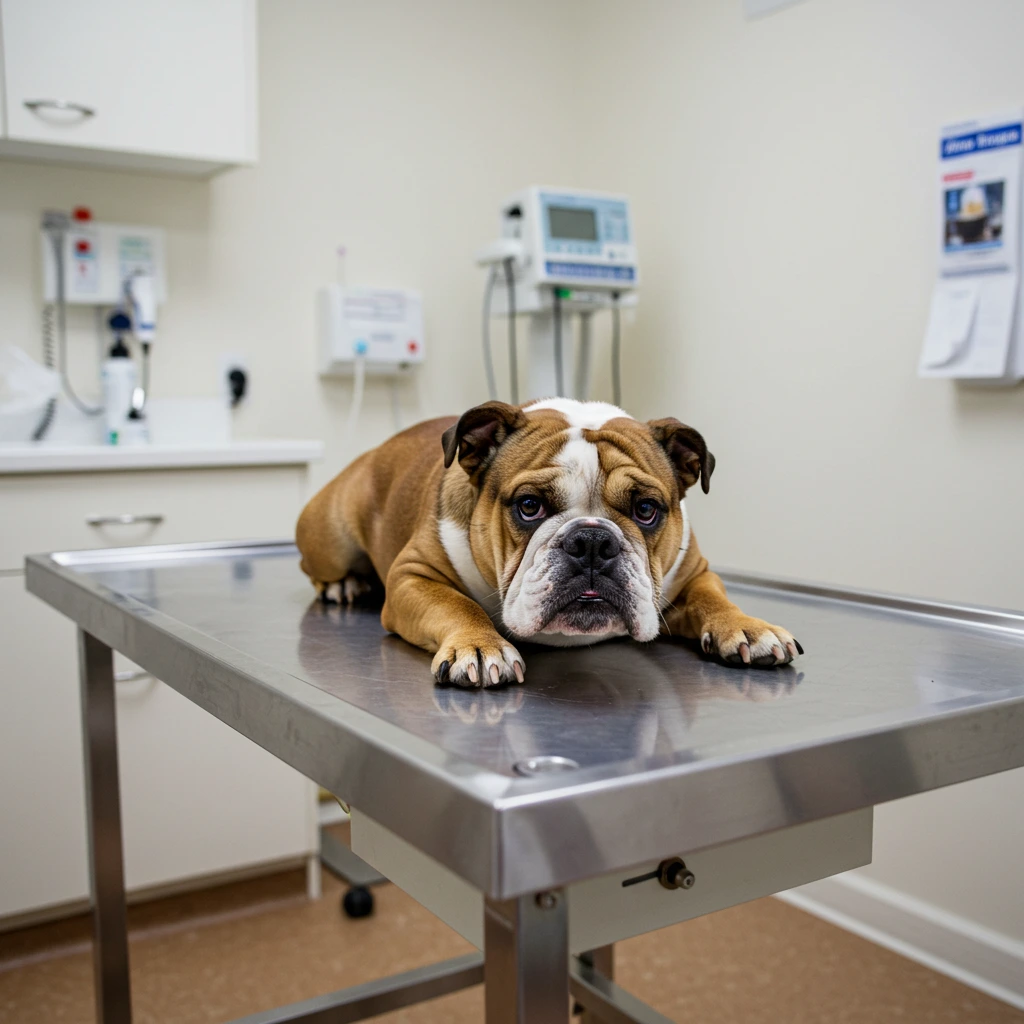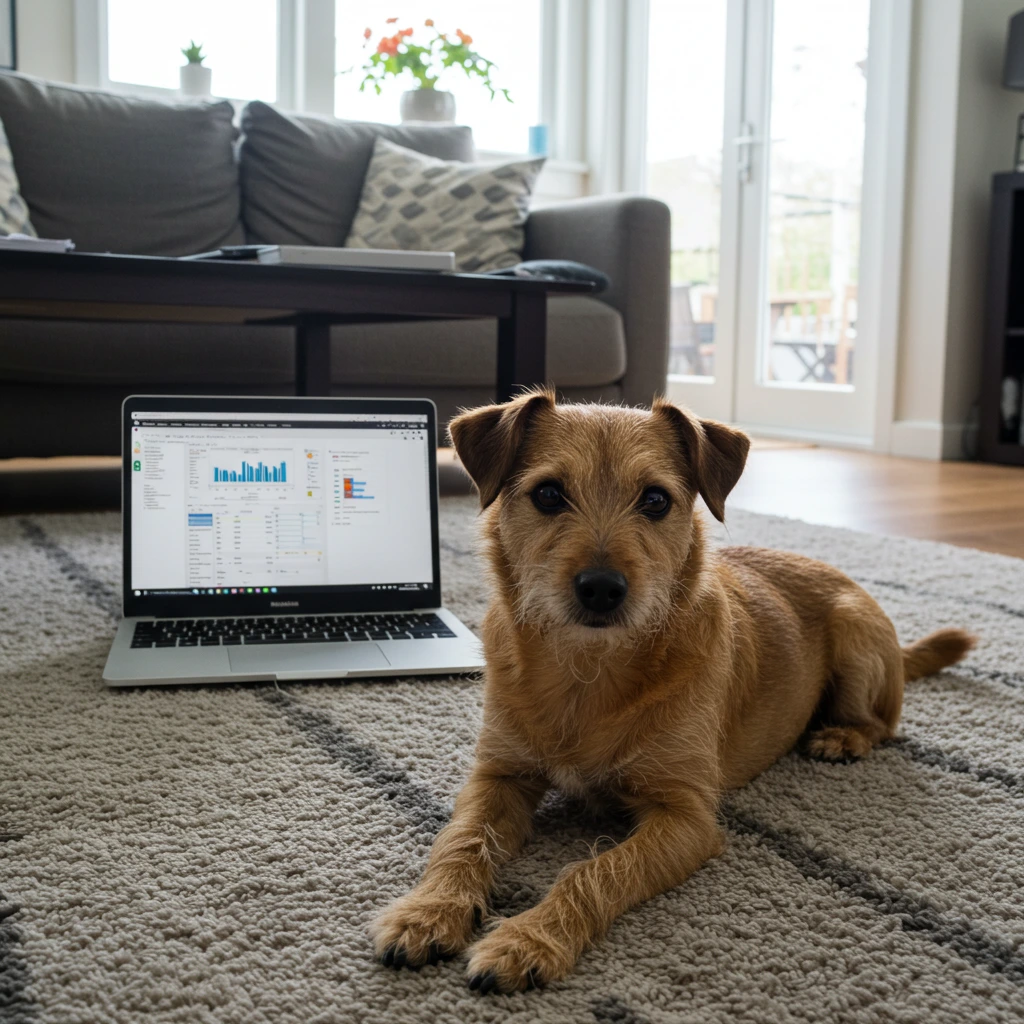

Unfortunately, cats and dogs all over the United States become lost every year.
The Pet Microchipping Process
Getting your pet microchipped is a quick and straightforward procedure. The microchip, which is about the size of a grain of rice, is implanted just beneath the skin, typically between the shoulder blades. The process is safe and takes only a few seconds. We recommend microchipping for most of our puppy and kitten patients.
Once the microchip is placed, our veterinary team registers it in a microchip database using your contact information. Microchips do not require batteries or any maintenance, and they last for the lifetime of your pet. Unlike GPS collars that require charging, a microchip is a one-time, permanent identification solution that remains functional indefinitely.


What happens if your microchipped pet gets lost?
A lost pet can be a stressful experience, but a microchip significantly increases the chances of a safe return. If someone finds your pet and takes them to a veterinary clinic or animal shelter, a staff member will scan the microchip to retrieve the unique identification number. They will then look up the number in the microchip registry, allowing them to contact you directly.
Microchipped pets are far more likely to be reunited with their owners than those without a microchip. However, the microchip must be registered and the contact information kept up to date for it to be effective. Many pet owners forget to update their information when they move or change phone numbers, which can delay or prevent a successful reunion.
Even if your pet wears a collar with ID tags, microchipping provides an extra layer of security. Collars can break or slip off, but a microchip remains in place and serves as a backup form of identification.
How to Access the Microchip Database
- Log in and report a missing pet, increasing the chances of a quick reunion.
- Update contact details if they move or change phone numbers.
- Access additional resources, such as safety tips.

